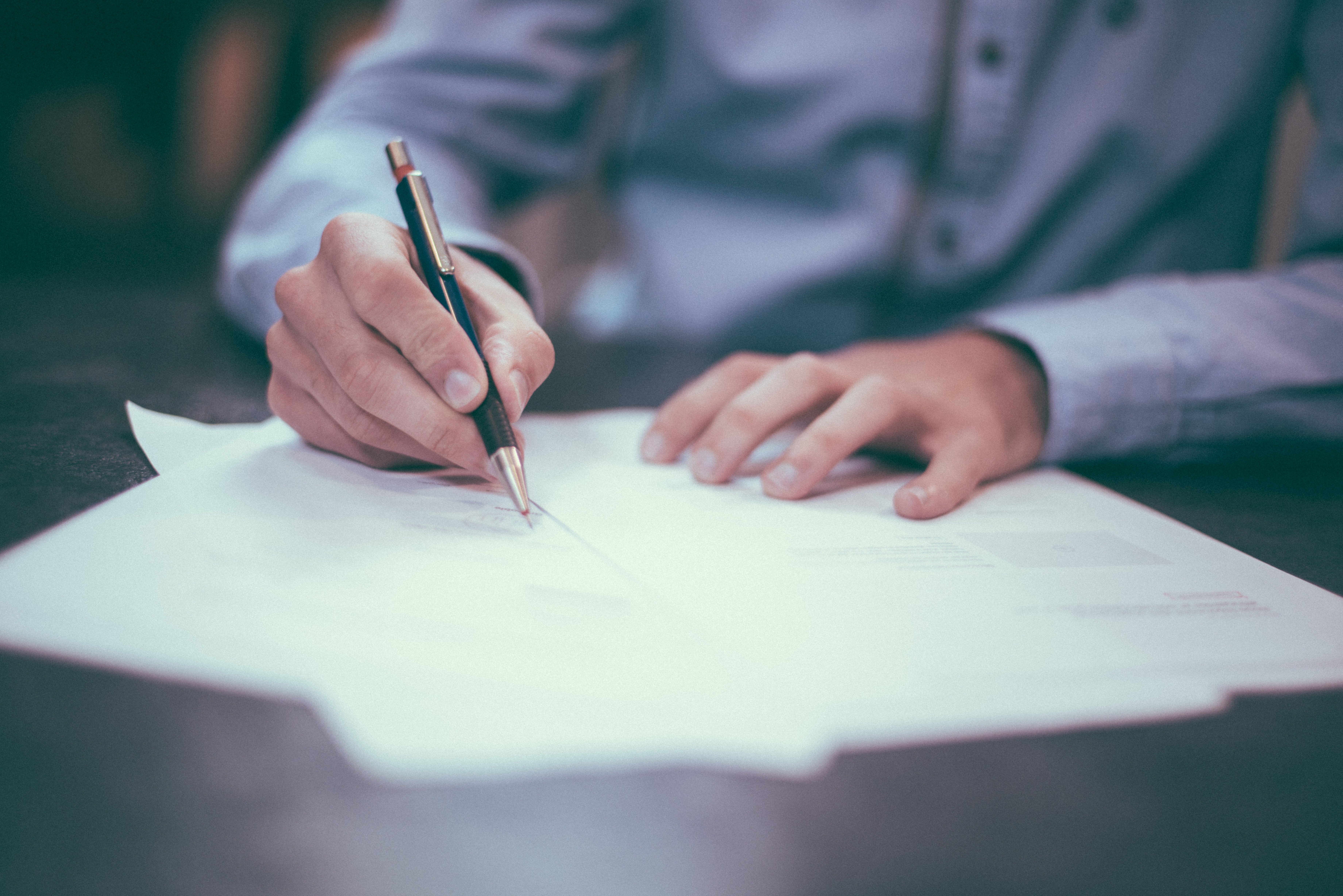In international supply chain management, your shipments will need to pass through U.S. Customs and Border Protection (CBP). Securing customs clearance is an inevitable process — but it doesn’t have to be an overwhelming or confusing one.
We've outlined the U.S. customs clearance process for ocean shipping below, including:
- Customs procedures for U.S. bound shipments
- Four documents to provide at U.S. Customs
- Common customs exams to prepare for
Looking for a full overview of the shipping process? We've got you covered with our free guide here.

The U.S. Customs Clearance Process
To understand your supply chain, you need to understand the U.S. Customs clearance process.
But the process for navigating U.S. Customs and Border Protection (CBP) can vary in ocean shipping. How you manage your supply chain and the goods you’re shipping, for instance, could both change the process.
Here’s what the customs entry process looks like when using Shippabo's supply chain management platform.
Customs Procedures For U.S. Bound Shipments
- Shipper or consignee will upload packing list and commercial invoice
- Customs brokerage partner will confirm details match shipment details
- Customs brokerage partner will review HTS classification of products
- Customs brokerage partner will file Entry Summary (7501) and CBP will release or hold for exam
- Customs brokerage partner will forward duties owed
- Forms 3461 and 7501 will be available in the documents tab in your shipment details page within Shippabo.
Four Documents to Provide at CBP
1. Arrival Notice
The arrival notice is a document that surfaces the details associated with this shipment to the customs broker. It can include:
- Master Bill of Lading (MBL)
- House Bill of Lading (HBL)
- Automated Manifest System (AMS)
- Consignee (CNEE)
- Shipper
- Freight Location
- Inland Transit Number (IT#)
2. HBL (House Bill of Lading)
A transportation contract of sorts between a shipper and forwarder. It is issued by a freight forwarder to their customer (you, the shipper). The HBL typically acknowledges that the forwarder received the good, what transit service will be provided by the forwarder, the route and commodity that was handed over.
3. Packing List
Your packing list should be as detailed as possible. It ideally labels the type of commodity being imported at a SKU level, with information including unit count, weight, CBM, and any additional packing details.
4. Commercial Invoice
Your commercial invoice is a detailed document that advises on how much the goods cost, which will reflect on the amount of duties paid to CBP.
Understanding Customs Exams
Imported goods that are shipped internationally will often be selected for examination before they arrive to port. Your imported goods may even go into multiple exams at one time, depending on the CBP team associated with your team.
Here are a few common U.S. Customs exams for shippers to prepare for.
Vacis Exam / X-Ray
The vacis exam stands for Vehicle and Cargo Inspection System and is one of CBP's most common exam types. It may also be known as an x-ray exam.
During a vacis exam, the whole container goes through an x-ray to verify the goods within the container. The exam serves to scan for contraband, like drugs, guns, and currency.
Vacis exams can be used for sea containers, as well as air containers, commercial trucks, and tankers.
Tail Gate Exam
A tail gate exam involves CBP opening the back of the container — or, the tail end — and doing a visual inspection of some of the imported goods. It is typically viewed as a level up from a vacis exam.
Partial Exam
In a partial exam, CBP will select a few cartons at random and inspect the goods.
Intensive Exam
Intensive exams the biggest exams and typically take the longest. CBP officers will request that certain cargo move to a CBP-approved warehouse. At the warehouse, CBP officers inspect all your products to ensure compliance with all shipping rules and regulations. Intensive exams typically take an additional seven days, at a minimum.
There are two types of intensive exams:
- Intensive CET Exam – CET (Contraband Enforcement Team): An intensive exam to protect the United States from narcotics, drugs, and weapons.
- Intensive MET Exam – MET (Manifest Examination Team): An intensive exam to review and verify the importer documents. This exam ensures that the importer’s documents are aligned with the goods being imported, with no avoidance of tax or copyright.
United States Department of Agriculture (USDA) Exam
The USDA exam is where a hold is placed on, typically, any type of food or wood products. This hold is to ensure that whatever the importer is bringing in does not contain diseases, pests, or other insect infestations. The USDA will often take samples to bring back to the lab for testing.
Food and Drug Administration (FDA) Exam
The FDA exam aims to ensure the food and drugs being imported follow U.S. guidelines and is safe for consumers. The FDA will often take samples to bring back to the lab for testing.
Want to learn more about the ocean shipping process? Download our eBook here.


